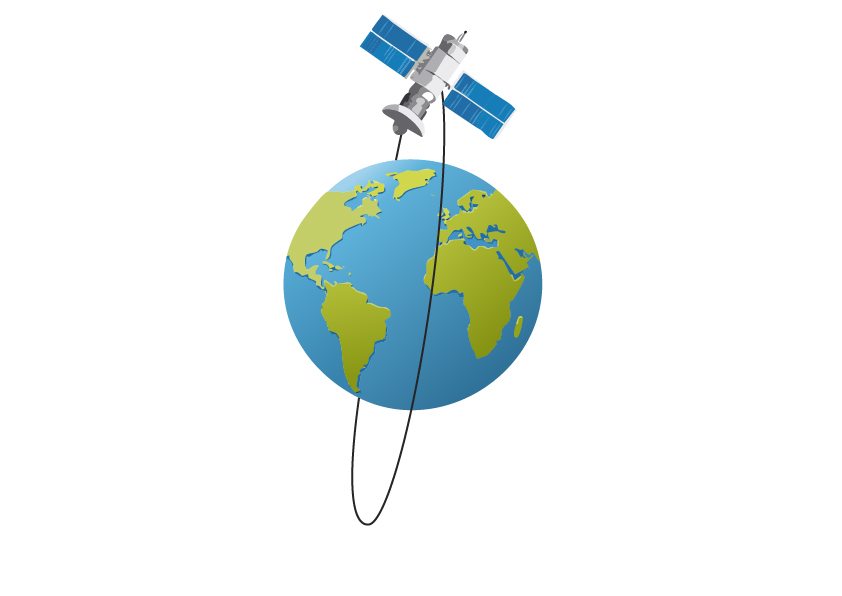AQA GCSE Planets, Moons and Satellites (Physics)
Planets
A planet is a body(object) that has an elliptical orbit around a star.
An elliptical orbit is one that has a slight oval orbit.
In our case, within our solar system, the planets have an elliptical orbit around the Sun.
In our Solar system, planets are either rock based (Mercury, Venus, Earth and Mars); or they are gas giants (Jupiter, Saturn, Uranus and Neptune.)
Planets are much larger than Moons.
Moons
A Moon is a natural satellite that forms a slightly elliptical orbit around a planet.
Planet Earth has one Moon.
Other planets within our solar system have different numbers of Moons. Some planets do not have moons.
Moons are much smaller than planets.
Moons can be made up of rock, rock and ice, or mostly ice.
Artificial Satellites
An artificial satellite is a human-made object placed into orbit around a celestial body, like Earth or another planet.
These satellites are used for various purposes, including communication, Earth observation, navigation, and scientific research.
There are two main types of orbit
Geostationary
Polar orbit
Geostationary Orbit
The satellite maintains the same position above the planet. So, it moves at the same rate that the planet rotates.
These satelites are used for GPS, communications such as satellite TV.

Polar Orbit
The satellite will orbit the poles of the planet. As the planet rotates on its axis, this will allow for the satellite to see a large amount of the planet in a short time period.
This type of satellite is used for spying or weather forecasting.

| Planets | Moons | Artificial satellites | |
|---|---|---|---|
| Orbits | Star (Sun in our solar system) | Planets | Planets |
| Size | Large | Medium | Small |
| Natural or man made | Natural | Natural | Man made |
| Composition | Rock or gas | Rock, Ice or both | Metal, electronics and solar panels |
| Type of orbit | Elliptical | Elliptical | Geostationary-circular. Polar orbit - elliptical |
Practice Questions
1.State the definition of a planet
2. Give two ways that planets are different to moons
3. Describe what is meant by an elliptical orbit.
Absorption and Emission of EM Radiation
JJ Thomson and Plum pudding model
Ernest Rutherford and the Nuclear Model
Niels Bohr changing the Nuclear Model
Discovering the Proton and Neutron
Measuring radiation from radioactivity
Radiation types and properties
Random nature of radioactive decay
Radioactive contamination or irradiation
Hazards of contamination and irradiation
Studies on the effects of radiation on humans
Different half lives of radioactive isotopes
Nuclear Fission Chain Reaction
Writing nuclear fission equations
Drawing ray diagrams for a concave lens
Drawing Ray Diagram to produce a virtual image for a convex lens
Drawing ray diagram to produce a real image for a convex lens.
Specular and Diffuse Reflection
Seeing Coloured Objects Part 2
Viewing objects through coloured filters
Transparent, Translucent and Opaque